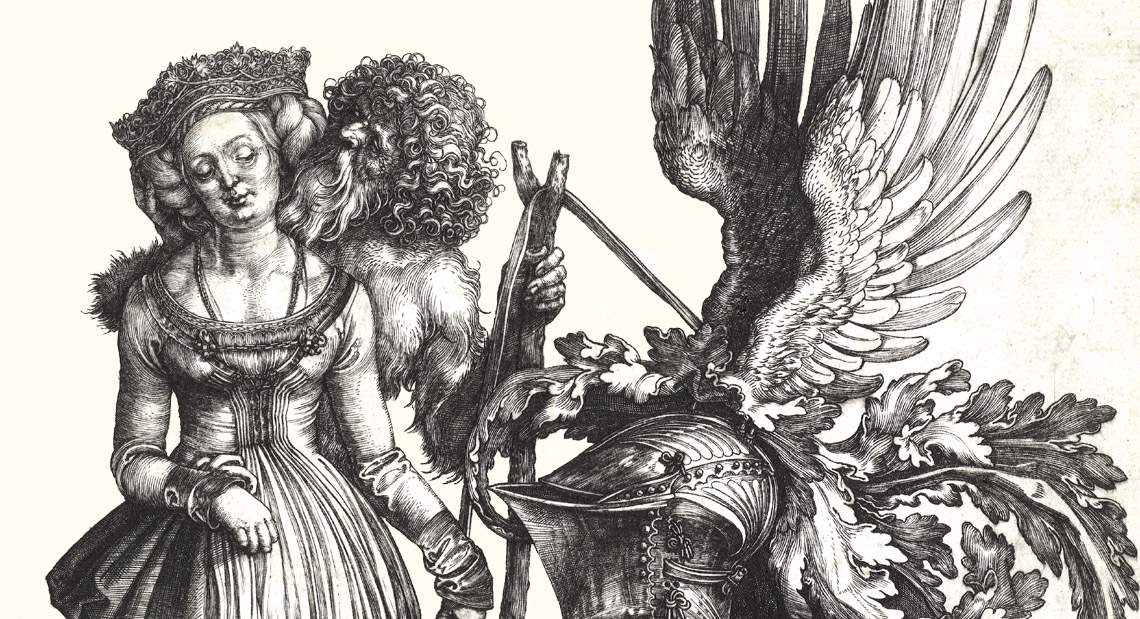On view until January 19, 2020, is the exhibition Albrecht Dürer. The Privilege of Disquiet, set up at the Museo Civico delle Cappuccine in Bagnacavallo(Ravenna).
Albrecht Dürer (Nuremberg, 1471 - 1528) is the “noble father” of graphic thought, the one who was able to elevate drawing and engraving to an artistic expression no longer the handmaiden of painting, but fully free and autonomous. This was recognized by Max Klinger himself, a great German artist who was among the greatest engravers in the history of art: “a graphic work by Dürer neither refers to a replicated painting, nor does it translate sensations of color into forms foreign to the technique adopted [...] It is accomplished in itself and definitive, lacking only what the idea, eternally unattainable, refuses to the possibilities of every artist.” A restless genius, a Nordic art talent fatally attracted to Italian Renaissance art and unusually disposed to theoretical and scientific research. Dürer, like Leonardo, was a universal researcher, continually eager to produce new things; he had, as Carl Gustav Carus put it, “an incessant yearning for unattainable perfection and an acute awareness of insoluble problems.” For Dürer, the art of engraving was the ideal medium for transmitting a new iconography, sacred or profane, a very modern way of dialoguing with his own time, with the contemporaneity of that Renaissance that was characterized by the adventure of knowledge.
The exhibition aims to extend an invitation to the public to encounter the different souls of Dürer, both as a man and as an artist. Critics have called him now a humanist, now a gothic, now a craftsman, now a theorist; the truth is that it is not possible to separate his individual souls; he was all of this together. He had within him the eternal contradiction that distinguishes the greatest artists.
The exhibition will feature more than 120 graphic works from prestigious public and private Italian collections, including the artist’s best-known masterpieces such as the Apocalypse cycle, Saint Eustace, Saint Jerome in the Studio and Knight, Death and the Devil.
The exhibition will have its focal point in the enigmatic masterpiece that is Melancholy, a work steeped in intellectualism almost to the point of esotericism, which conceals a true spiritual self-portrait of the artist, who came to the melancholic realization that a rational approach to art and the world can only give insufficient answers.
For all information you can visit the Museum’s official website.
 |
| 120 works by Albrecht Dürer on display at Bagnacavallo's Museo Civico delle Cappuccine |
Warning: the translation into English of the original Italian article was created using automatic tools. We undertake to review all articles, but we do not guarantee the total absence of inaccuracies in the translation due to the program. You can find the original by clicking on the ITA button. If you find any mistake,please contact us.